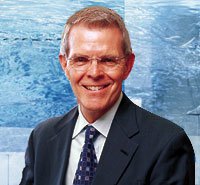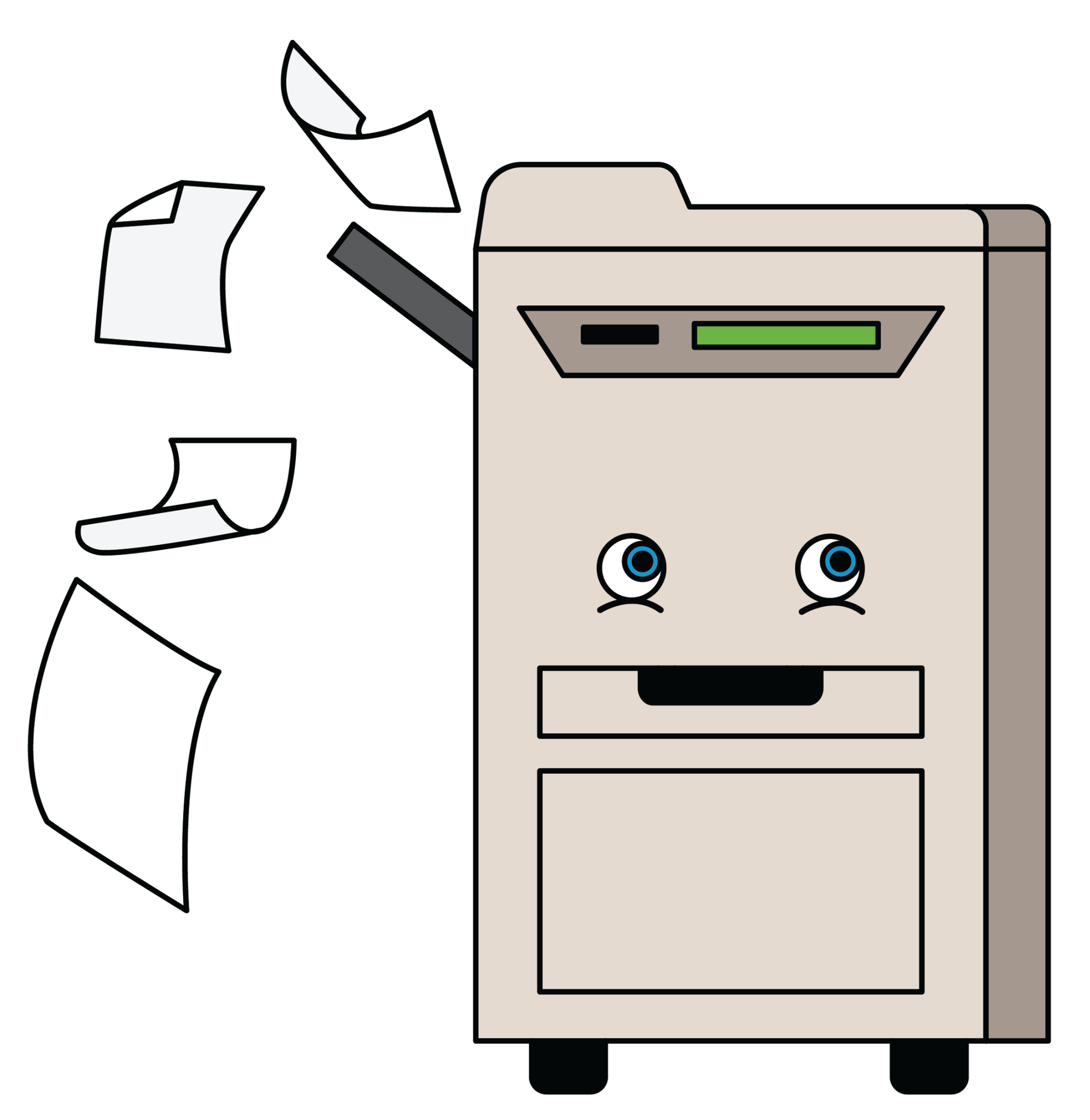Dr. Payzant Has Answers for You: A Q&A With a Seasoned Superintendent
The recently retired superintendent of Boston Public Schools responds to questions from Edutopia readers.
Your content has been saved!
Go to My Saved Content.
In "Payzant on Principals: Key Players in School Reform," a June 2006 Edutopia magazine interview, staff writer Grace Rubenstein talked with Thomas Payzant, the outgoing head of the Boston Public Schools, about the best ways to attract -- and keep -- school leaders. In her introduction, Rubenstein wrote, "Thomas Payzant believes this: 'We will never improve American education for students one school at a time.' So, when he took the helm of the Boston Public Schools -- a district with 58,000 students and 4,700 teachers, and in which 73 percent of children live in poverty -- he thought big. In his eleven years as superintendent, he shepherded a set of ongoing reforms called Focus on Children. One of the most critical goals, he says, was cultivating strong school leadership."
When Rubenstein's interview with Payzant was published on Edutopia.org, we invited readers to submit their own questions for the superintendent. After retiring on June 30, he took a long, well-deserved vacation, then, when he returned home, he thoughtfully responded to many of those queries.
I am extremely impressed with the collaborative coaching and learning (CCL) model. What is the philosophy that led to its development?
For decades, America's schools have been structured and scheduled in ways that make collaboration and shared learning among teachers difficult. Teachers are alone in classrooms with their students most of the day and have little time for interaction with colleagues. In most professions, there is regular interaction and shared responsibility for tasks and outcomes. CCL breaks down the isolation by scheduling common planning time for teachers to review student data, discuss the curriculum, observe each other teach, and collaborate as a group to determine what works and what doesn't. Teachers and principals become part of a professional learning community.
What is the role of a comprehensive guidance program and school counseling personnel in a reformed educational system?
Unfortunately, most school districts do not have sufficient resources to fund a robust guidance and counseling program. Even when schools have them, caseloads of counselors and social workers often are too large. One promising practice is to restructure large comprehensive high schools into several small schools or small learning communities with a group of teachers working together with students in grades 9-12. In this setting, it is easier for teachers and students to know each other. In such small schools, advisory periods can be scheduled with each adult in the school having ten to twelve advisees. Of course, training for the staff must be provided on how to use advisory time and develop positive relationships with, and support for, students.
Should principals support leadership initiatives by teachers? If so, how can principals encourage and empower teachers to be proactive in this area?
Successful principals find ways to provide leadership opportunities for teachers. In the past, teachers would have to become administrators to lead. Increasingly, however, schools offer opportunities for teachers to lead and stay connected to classroom teaching and student learning. Examples might include mentoring new teachers, leading professional-development activities, developing curriculum for a grade level, coaching other teachers, serving on the school's instructional-leadership team, working with intern teachers, facilitating meetings with colleagues, doing data analyses for the school, taking a recruiting team to a college, producing the parent newsletter, or serving on a committee to select new teachers for the school.
How do you view the important role counselors play in guiding students in their personal academic achievement -- dealing with growth and development issues, and problems and planning for their future education and careers?
The best counselors not only see students for office visits, they are visible throughout the school and take every opportunity to get to know students in different settings. They become experts in knowing how to use technology to get the most current information about college and career. They reach out to families and students, and, most important, they convey to all students the belief that each has talents and is capable of achieving what may seem to be impossible. When a student is struggling and needs help, they are great listeners who are the caring adult there to provide support and help the student make good choices.
I like the model of the leader teacher as coach. Should we separate principals' duties into two pieces -- the administrative aspect and leader/coach?
Leaders have to know the work to lead the work. Principals must know what good instruction is and how to help teachers improve their teaching and students' learning. Operations, student discipline, and budget and finance cannot be ignored. In small schools, it is hard to delegate the work. In large schools, the work can be divided among assistants, but I believe assistant principals who aspire to be principals should have the opportunity to help the principals lead the core teaching and learning work in the school. Without this training and practice, preparation for becoming a principal is inadequate.
ETS, the nonprofit organization that focuses on products and services related to assessments, is building products for families that allow parents to track and, over time, understand more about their child's learning process or style. Would this have value to classroom teachers and districts? What would make a tool like this useful to teachers and administrators?
Advances in cognitive science and learning theory have helped educators and others understand that people learn in a variety of ways. These findings suggest that students should have individual learning plans. However, all students must learn how to learn independently and as part of a group. Educators are discovering better ways to differentiate instruction, but we should never forget that the whole can be greater than the sum of its parts when human endeavor is the key ingredient.
The purpose of education is to know what to do when you don't know. In our rapidly changing world, knowing will be a product of individual, independent effort and work as a member of a team where the team's learning will be dependent on what each member contributes.
Do you believe that out-of-school time for older youth will really enhance student achievement to the degree that no child will be left behind? If so, why?
The amount of time students spend in school or in out-of-school-time programs must be judged on the basis of how the time is used. Most countries the United States is benchmarked against have longer school days -- an hour to two hours more per day than most American schools. Time is an important variable, but how it is used is what makes a difference. Creating a culture of achievement for all students in America is essential. The penchant for immediate gratification and the impatience with work that requires tremendous perseverance and determination to complete must be addressed. Extra time for thinking, problem solving, creating, innovating, writing, and experimenting will make a positive difference. More time for busy work will be a waste.
How do you encourage your teachers to embrace and accept change -- whether that means incorporating new technology in the classroom or other changes in curriculum?
Change is always difficult, because it disturbs our comfort with what is and raises our anxiety about what might be. Few of us choose to write blank checks unless we trust the recipient. Those proposing and leading change must be ready to answer the why, what, and how questions and be prepared to provide support for those who must acquire new skills, attitudes, and understandings required to make the change succeed. Data are powerful tools for making the case for change. Hard evidence of improvement is more likely to change beliefs than an emotional, value-laden argument.
What is the biggest challenge facing our school systems today, and what do you think will be the biggest challenge ten years from now?
Graduating all students from high school with a diploma that certifies that they qualify for postsecondary education programs is essential to compete for jobs where high skill is required for high wages and low skill leads to low wages.
